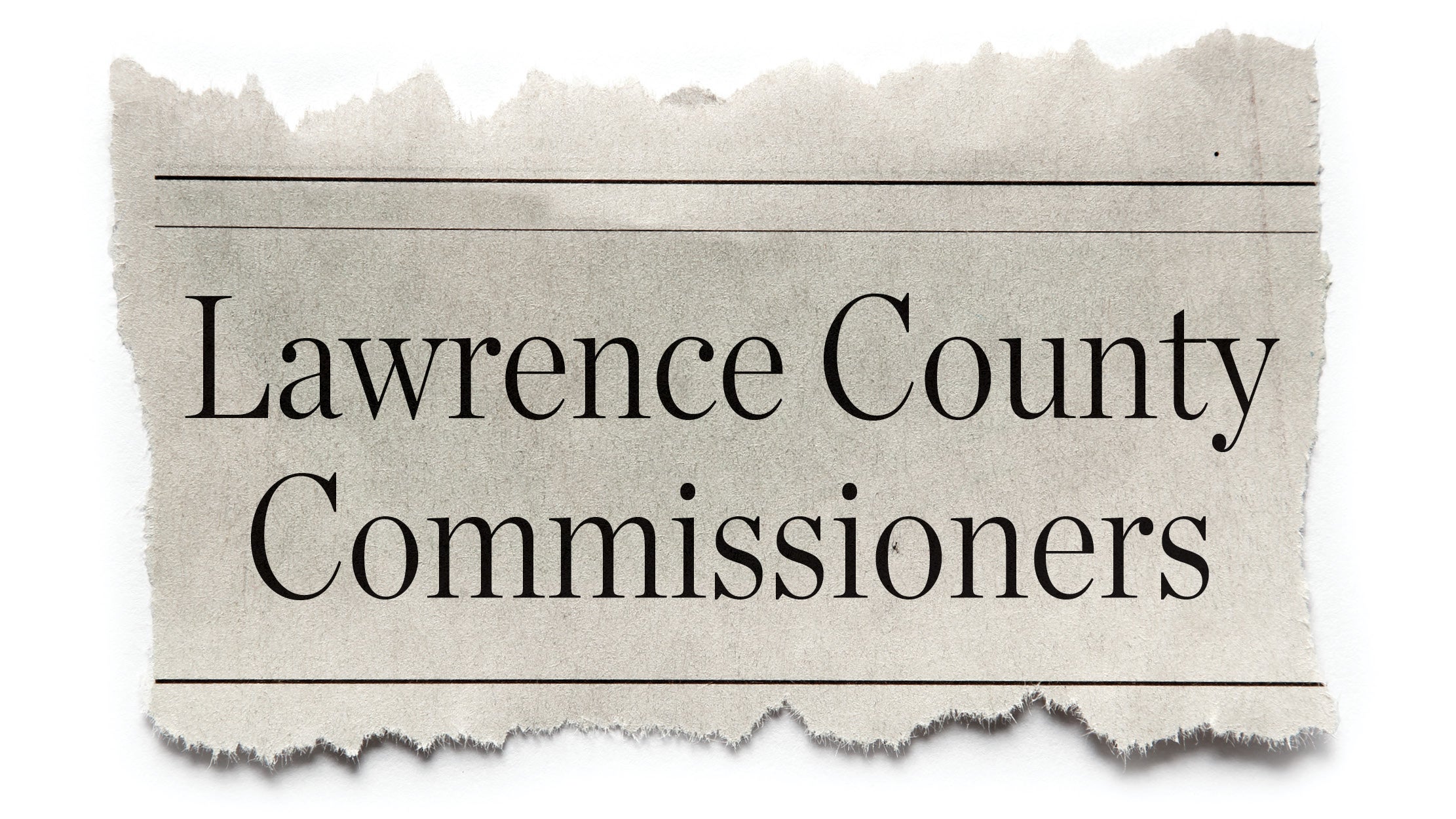State will measure physical education
Published 9:44 am Monday, September 24, 2012
(MCT) — Next year’s state report cards will feature a new measure for Ohio schools: How their students are doing in physical education.
Starting this year, Ohio schools must assess how students score on the state’s physical education standards, including whether they know the correct way to exercise, understand how games are played, are active outside of school and play well with others.
Results will be posted on school report cards but won’t count toward schools’ performance ratings.
“We certainly want to encourage children to exercise and to be fit, and these evaluations are one way we can make sure our students are at least getting a standard level of activity,” said John Charlton, spokesman for the Ohio Department of Education.
Ohio is part of a growing movement to require physical-education assessments, joining 17 other states and Washington, D.C., according to the American Alliance for Health, Physical Education, Recreation and Dance.
As budget woes have led many schools to cut back on gym classes, the gym assessments ensure that students aren’t shortchanged, said Amy Farr, senior program manager in Physical Education for the National Association for Sport and Physical Education.
“We have to make sure teachers are doing what they are supposed to be doing,” she said. “It’s holding them accountable.”
Currently, each district must include physical education in its curriculum. However, the law does not specify how much physical education districts must provide in kindergarten to eighth grade. The only requirement is that high-school students complete a half unit of physical education to graduate.
Some districts such as Pickerington and Reynoldsburg restructured their physical-education programs when levy failures eliminated many physical-education teaching jobs.
Reynoldsburg has two gym teachers for five schools. At Pickerington, a team of art, music and physical-education teachers spend four weeks at a time at the district’s 10 elementary and middle schools.
Officials at both districts say they are working on how to assess students.
“For me, it’s the whole management of it all,” said Amy Gochenour, an elementary physical-education teacher in Reynoldsburg who works with roughly 900 students in three schools.
Under the state mandate, schools can assess students in four grade bands: K-2, 3-5, 6-8 and 9-12. Students’ results — advanced, proficient or limited — will be compiled in a composite score for each school and district. A K-5 elementary school, for example, will have results for the K-2 and 3-5 bands.
Local educators say they have evaluated students in the past, but the state’s assessment is more prescriptive, spelling out the skills in which students will be measured and how to gauge whether students are advanced, proficient or limited.
Bill Mylar, a physical-education teacher at Hamilton Elementary, already has started assessing kindergarten, first- and second-grade students.
He knows which kids understand how to walk slow or fast and which ones know the difference between a skip and a gallop. For those who don’t understand, he has pulled them aside for extra help or made them flash cards that demonstrate skipping.
“We’re doing the same thing we’ve done in the past,” he said. “But now we’re checking it off.”



